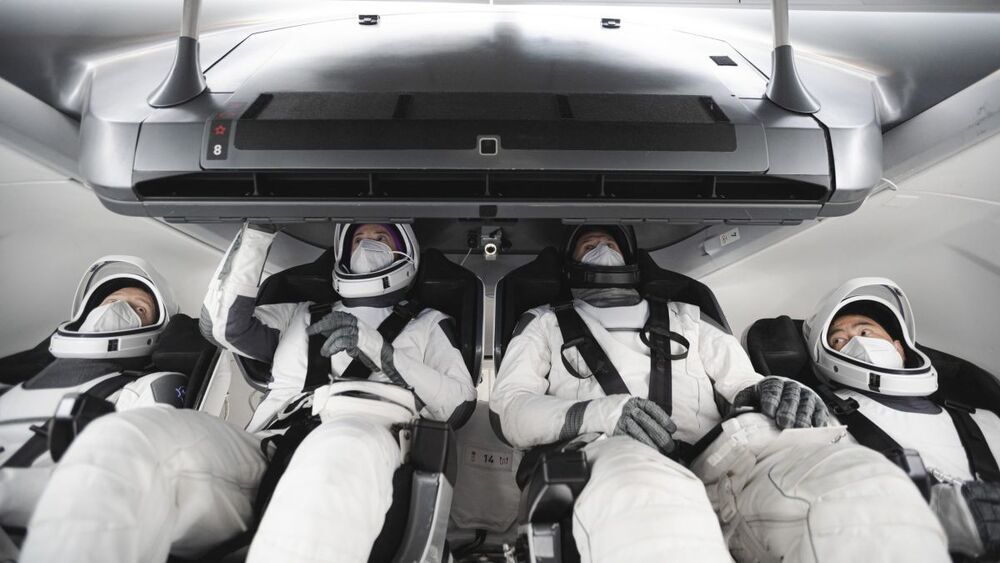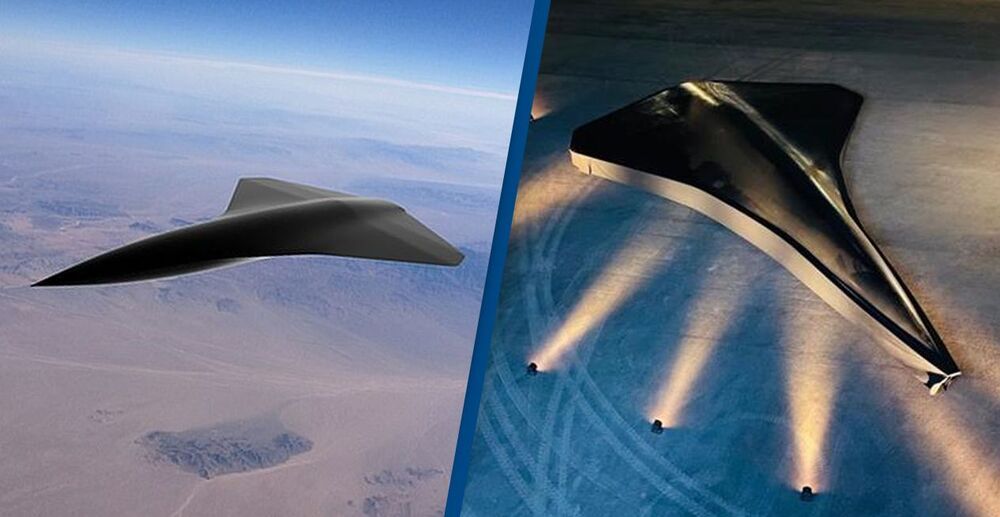Previous ideas about how to make these hypothetical devices have required exotic forms of matter and energy that may not exist, but a new idea for a warp drive that doesn’t break the laws of physics may be theoretically possible. However, it may not be practical in the foreseeable future because it requires ultra dense materials.






